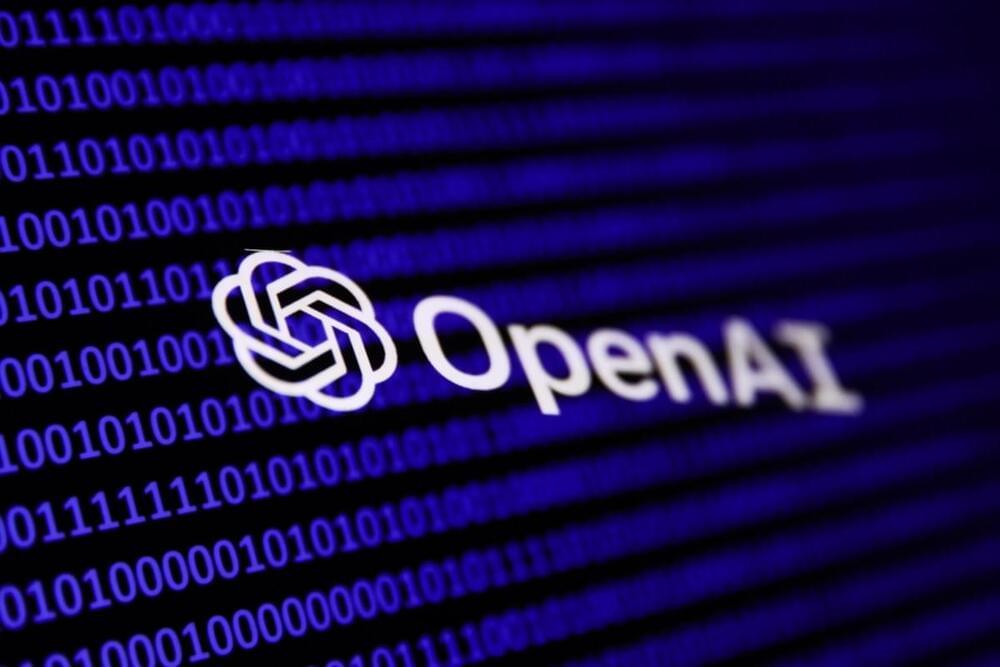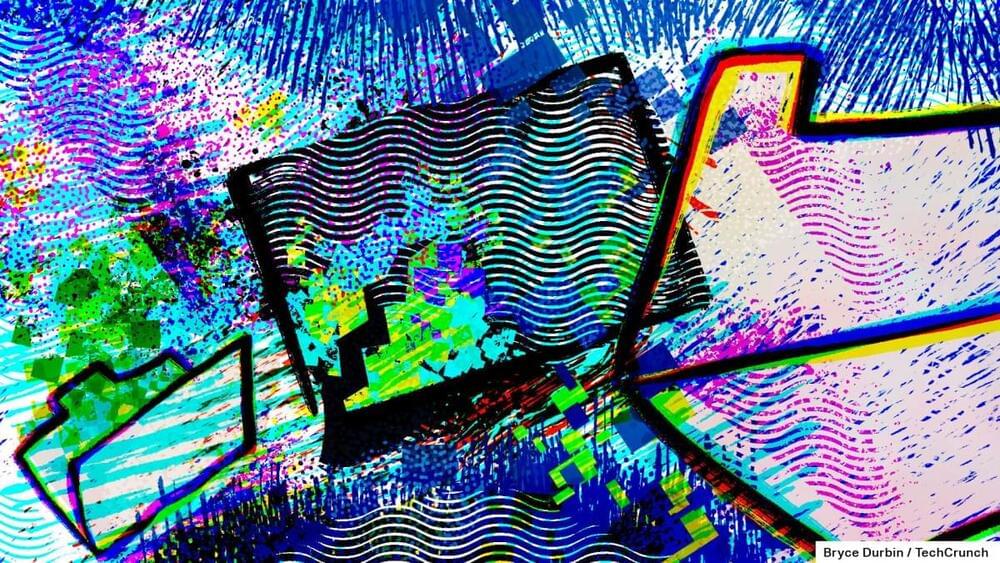Might Artificial Intelligence be the ideal lab assistant? Stefan Harrer delves into the revolutionary role of generative AI in science. He reveals how AI agents are not just tools but transformative partners for scientists enabling them to achieve breakthroughs in biology and beyond, heralding a new era of scientific discovery and innovation. This inspiring talk highlights the potential for AI to redefine the boundaries of the scientific method and our understanding of life. Dr Stefan Harrer is the Director of AI for Science at CSIRO, Australia’s national science agency. He is on a mission to revolutionise scientific discovery by harnessing the power of AI agents. In senior leadership roles at IBM Research, he led groundbreaking work on AI-driven epilepsy management and developed the world’s first AI-powered wearable for seizure prediction. An inventor with 73 granted patents, a passionate advocate for ethical AI, and a mentor and advisor to startups and governments, Stefan inspires the next frontier of AI innovation and use. This talk was given at a TEDx event using the TED conference format but independently organized by a local community.
Category: robotics/AI – Page 368
AGI and the “Age of Human Disempowerment”
The latest AI News. Learn about LLMs, Gen AI and get ready for the rollout of AGI. Wes Roth covers the latest happenings in the world of OpenAI, Google, Anthropic, NVIDIA and Open Source AI.
My Links 🔗
➡️ Subscribe: / @wesroth.
➡️ Twitter: https://twitter.com/WesRothMoney.
➡️ AI Newsletter: https://natural20.beehiiv.com/subscribe.
Video Links:
Capital, AGI, and human ambition.
https://nosetgauge.substack.com/p/cap…
Moore’s Law for Everything.
https://moores.samaltman.com/
#ai #openai #llm
What do tech pioneers think about the AI revolution? — BBC World Service
Three leading engineers discuss the impact of the AI revolution. Click here to subscribe to our channel 👉🏽 https://bbc.in/3VyyriMIntelligent machines are re…
NVIDIA CEO Jensen Huang on Robotics, AI, And The Next Big Emerging Technologies
I had a conversation with NVIDIA CEO Jensen Huang and we spoke about groundbreaking developments in physical AI and other big announcements made at CES. Jensen discusses how NVIDIA Cosmos and Omniverse are revolutionizing robot training, enabling machines to understand the physical world and learn in virtual environments — reducing training time from years to hours.
He shares insights on NVIDIA DRIVE AI’s autonomous vehicle developments, including their major partnership with Toyota, and talks about the critical role of safety in their three-computer system approach.
Jensen also shares what he considers to be the most impactful technology of our time! This conversation left me feeling excited for the future of technology and where we’re headed. I hope you enjoy it as much as I did.
Timestamps:
00:00 Introduction to Humanoid Robots.
00:50 Exciting Announcements at CES
01:36 The Need for Robots.
02:00 Challenges in Building Humanoid Robots.
02:37 World Foundation Model.
03:25 Training Robots with Isaac Groot.
04:57 Virtual Training with Omniverse.
07:19 NVIDIA Drive AI and Autonomous Vehicles.
08:09 Safety in Autonomous Driving.
09:28 Impact of Artificial Intelligence.
10:56 AI in Various Industries.
11:08 Career Advice for Tech Enthusiasts.
Learn more about what NVIDIA is up to:



Are Machines Truly Thinking? Modern AI Systems Have Finally Achieved Turing’s Vision
Modern AI systems have fulfilled Turing’s vision of machines that learn and converse like humans, but challenges remain. A new paper highlights concerns about energy consumption and societal inequality while calling for more robust AI testing to ensure ethical and sustainable progress.
A perspective published on November 13 in Intelligent Computing, a Science Partner Journal, argues that modern artificial intelligence.
Artificial Intelligence (AI) is a branch of computer science focused on creating systems that can perform tasks typically requiring human intelligence. These tasks include understanding natural language, recognizing patterns, solving problems, and learning from experience. AI technologies use algorithms and massive amounts of data to train models that can make decisions, automate processes, and improve over time through machine learning. The applications of AI are diverse, impacting fields such as healthcare, finance, automotive, and entertainment, fundamentally changing the way we interact with technology.


